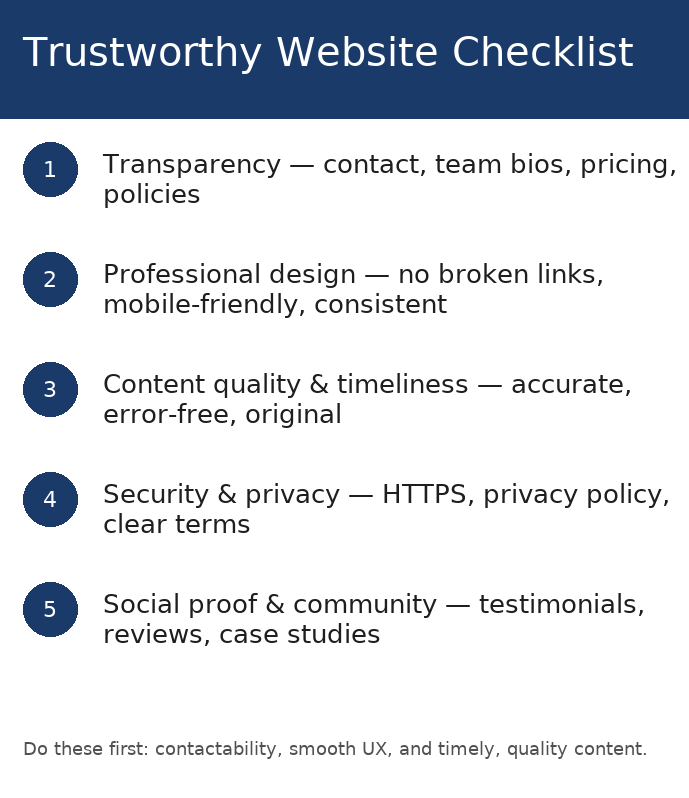5 Ways to Boost Your Writing Style and Tone for Business
1. Know the purpose of your document. Let it determine the appropriate writing style and tone.
- Emails: People often write them like they speak, with relaxed language, using contractions and slang (“Let’s talk soon.”). Depending on company culture, internal memos may use more formal wording, forgoing humor and emojis. It may use neutral pronouns to remove potential bias.
- Articles, web pages, newsletters, social media, and blog posts: Those that inform can include more neutral wording than those that entertain. If you want to interest people in buying a product or a service or to support something, you may use persuasive wording with psychological triggers, like emails warning of a sale that will end soon.
- Crisis communications: When an emergency strikes on a mass scale, consider the gravity of the situation. Serious topics, such as widespread layoffs, a mass killing, or a harmful virus need care and sensitivity. Depending on the circumstances, it’s more empathetic to deliver the news by phone, video, or in person.
2. Simplify. Large blocks of text can be hard to read online, especially without proper formatting. Shorter words, sentences, and paragraphs free of jargon are easier to read. Add a list or bullet points to reduce blocks of text to improve scannability. Write in an active, rather than a passive voice, which fosters complex words and phrases.
3. Clarify. Explain complex concepts. Use examples. Add links to boost comprehension and save words. Insert images if they will enhance your explanation.
4. Show empathy, respect, and sincerity. Think about who your reader is, where they’re at, and what they struggle with.
- End your email with a greeting.
- Use the words “please” and “thank you” as appropriate.
- Consider writing for inclusivity: different races, ethnicities, and people with disabilities.
- Consider how readers from another culture may interpret your message.
5. Proofread. As a Forbes article declared, typos, especially lots of them, can make you look sloppy or “kill your brand.” Spell-checking software maker Grammarly reported in their study of 100 LinkedIn profiles of native English speakers that it can affect a professional’s ability to be promoted. They found that the profiles of people who weren’t promoted to a director-level position in the first ten years of their careers had 2.5 more errors than those who advanced.
Need to improve the tone or other parts of your writing to boost your image and your success? Consider a business writing coaching session.
What kind of tone works for you in your writing? Feel free to comment below.
Quotes
“Don’t you type at me in that tone of voice.” ~ Anonymous
“A writer doesn’t have a soundtrack or a strobe light to build the effect she wants. She has conflict, surprise, imagery, details, the words she chooses, and the way she arranges them in sentences.” ~ Adair Lara



